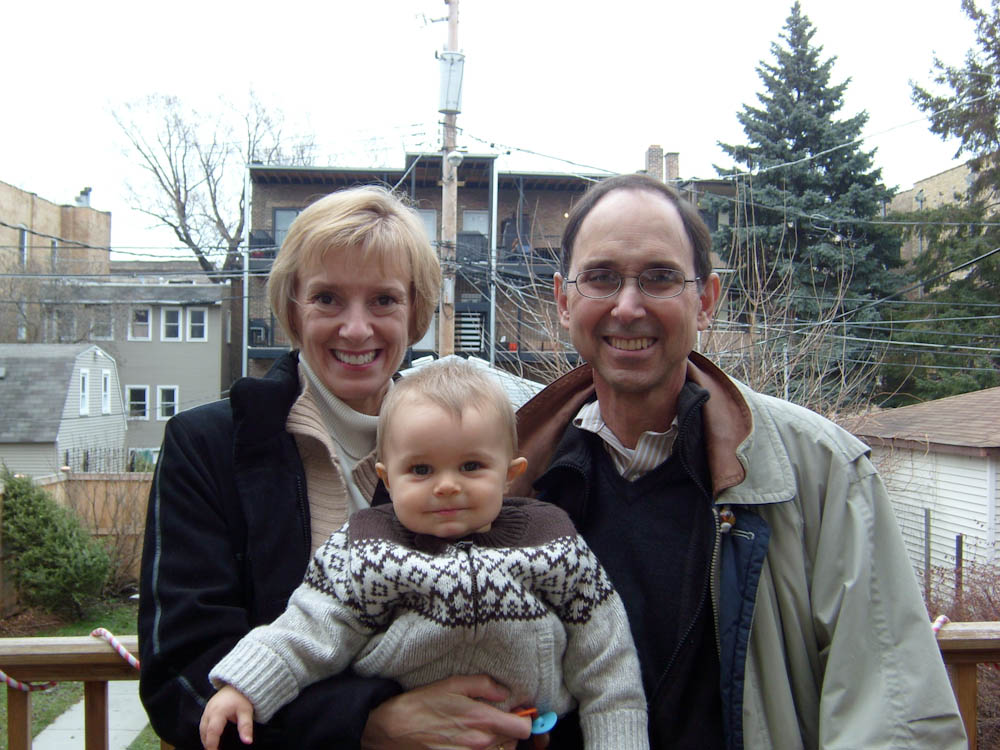By James Bond
“How long will I live?” I asked my oncologist in Ohio in 1992, when I was 44 and diagnosed with multiple myeloma.
“Three years,” he answered.

Instead, I enjoyed 10 more years of active living. Then my disease began to overtake me; my kidneys were failing, I was unable to eat solid foods, and I had fevers of 105 degrees.
Having already had three stem cell transplants, I seemed to be out of options. My wife Kathleen and I were advised to seek hospice care.
Although I took solace in having lived long enough to see our sons graduate from college and find good jobs, I was not ready to give up hope. I was familiar with experimental treatments because each of my stem cell transplants had involved a clinical trial.
I remember being nervous signing my first consent form, but I trusted my doctor who assured me my health, not the trial’s success, would remain his top priority. I felt good that my participation could help other cancer patients.
So when Kathleen and I heard about clinical trials for the drug bortezomib, now available as Velcade, we asked my local doctor if I could participate. He replied, “Sorry, Jim, there are no openings.”
We conducted our own search and found Dr. Paul Richardson at Dana-Farber. We traveled to Boston and within two weeks, the experimental drug had saved my life. I returned to Ohio and resumed working full-time, with my local oncologist and Dr. Richardson coordinating my care.
My cancer returned in 2004 and I entered another clinical trial at Dana-Farber — this time, for the drug Revlimid — and achieved another remission. I continued taking Revlimid for seven years.
During this period, life was good. Our sons got married and grandchildren arrived. I retired at my firm’s required age, exercised daily, and became a full-time volunteer in Ohio, educating others with cancer. I began participating in the American Cancer Society’s Pan Ohio Hope Ride in 2007 and rode every year through 2011, cycling 328 miles from Cleveland to Cincinnati in four days.
Read more:
Kathleen and I have shared our survival story with cancer support groups across the country, focusing on the value of second opinions, clinical trials, exercising, and staying positive.
Last fall, my blood counts began to decline significantly and my local oncologist performed a bone marrow biopsy (my 26th). He said I was at risk for a secondary cancer — leukemia — and I may need another transplant.
Once more, Kathleen and I turned to Dana-Farber for a second opinion. The doctors agreed that my bone marrow was abnormal, but it was not yet time for a transplant. Instead, they advised that my blood be monitored to see if my counts would come up on their own. I slowly began to improve, and by April 2012 my blood counts had fully recovered.
My cancer remains in remission 20 years after my diagnosis. We accept that there is no cure for multiple myeloma — yet — but I continue to live well with this disease, grateful for the clinical trials that saved my life and offered new therapies to many others.
James (Jim) Bond and his wife Kathleen live in Shaker Heights, Ohio.

Comments are closed.